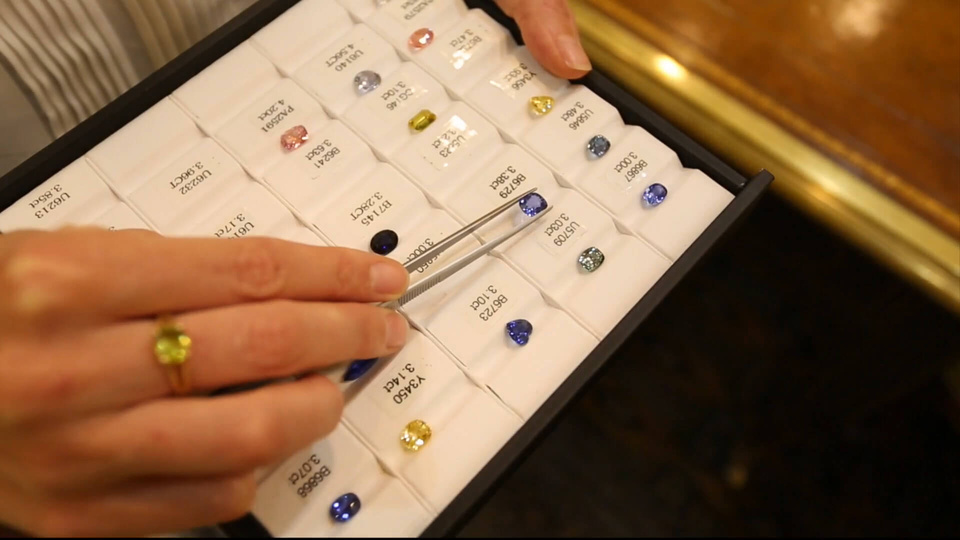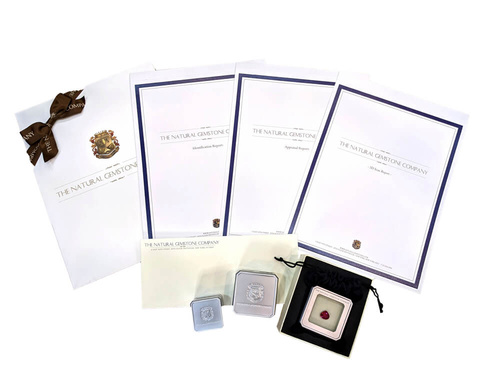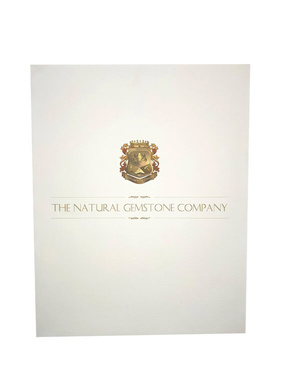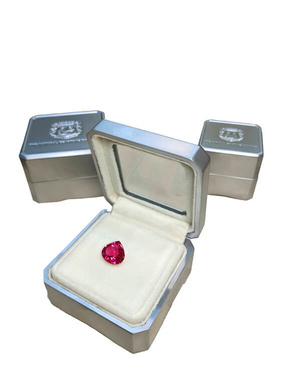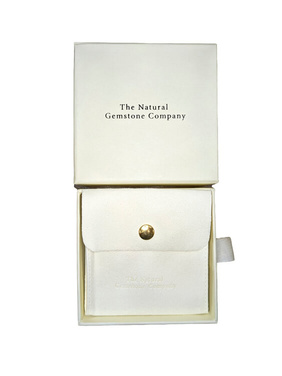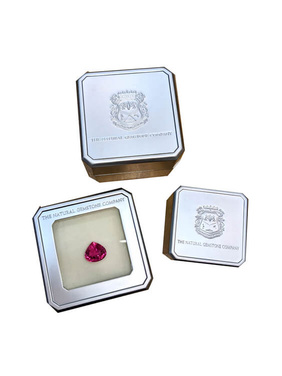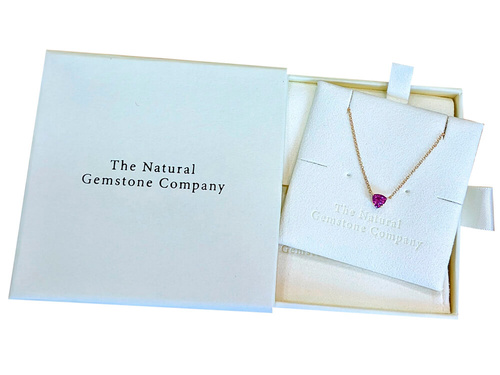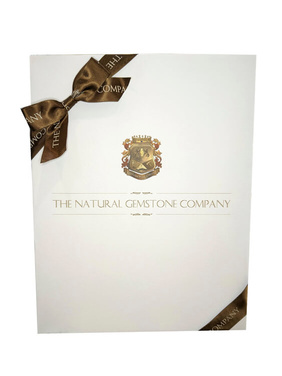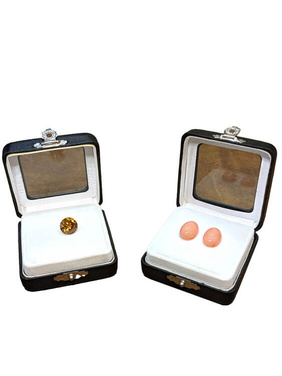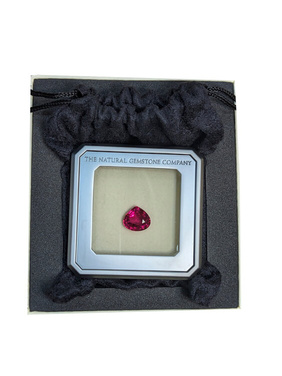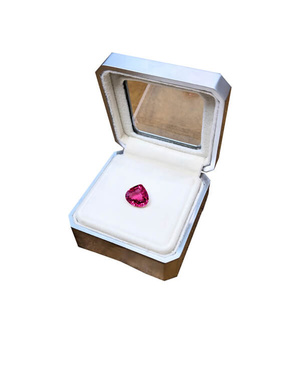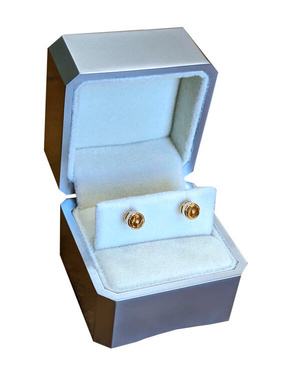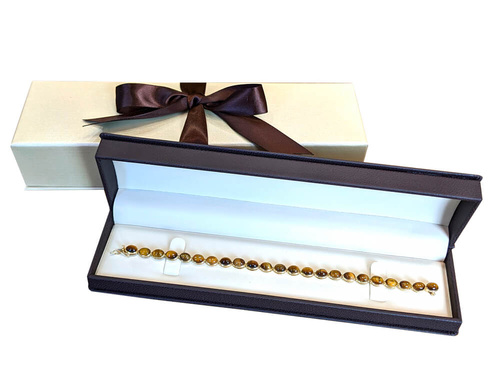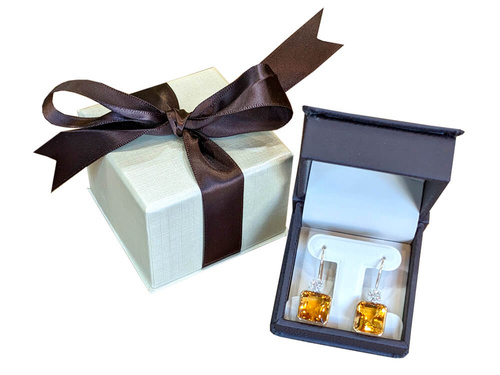- Stone11
- Reports3
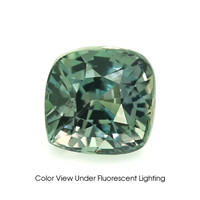

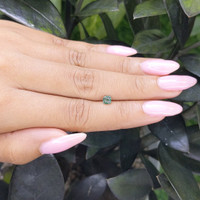
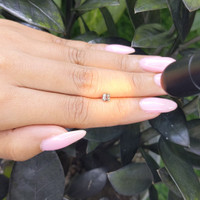

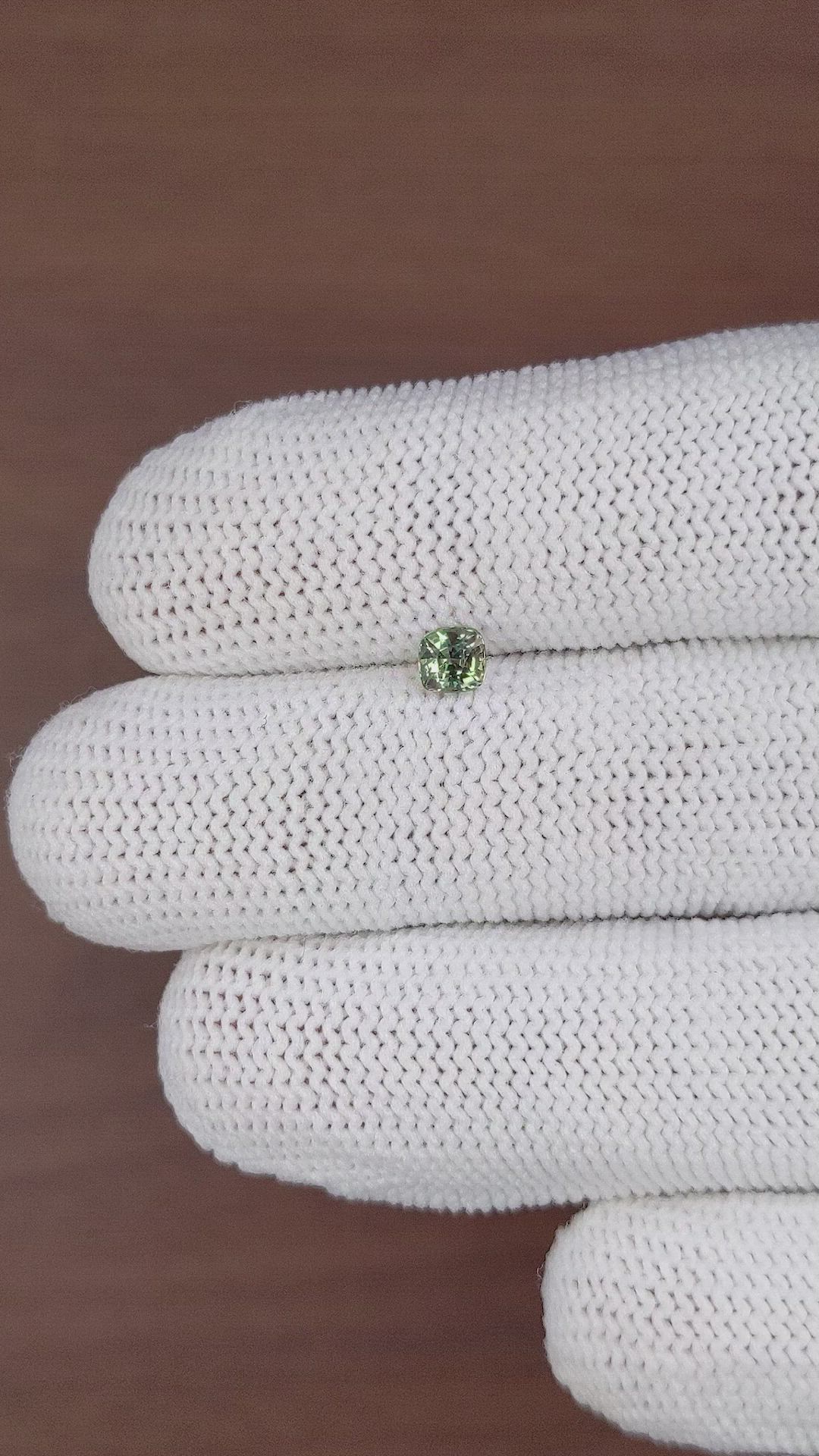
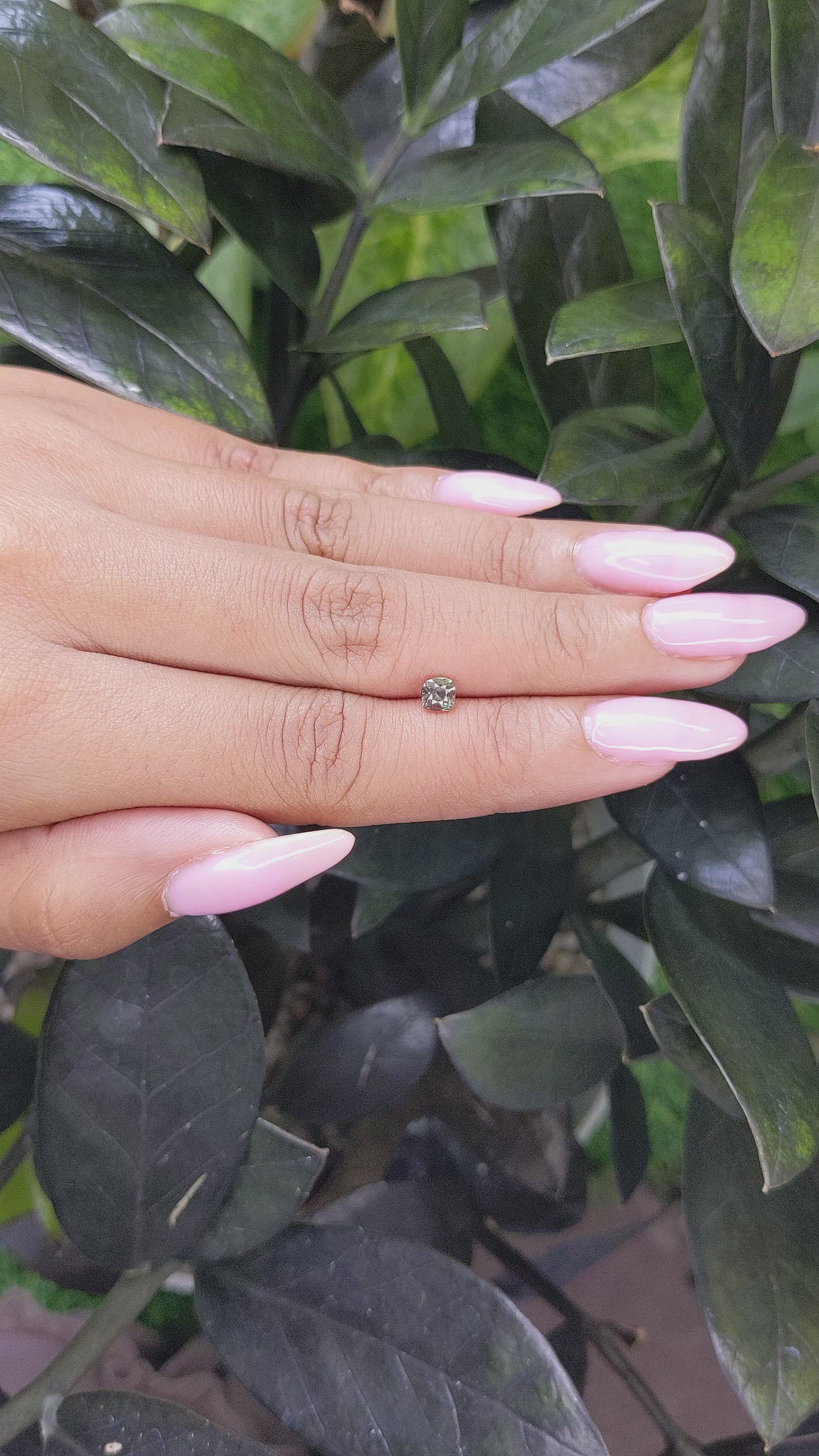

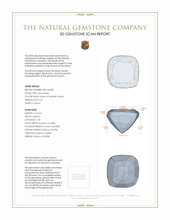
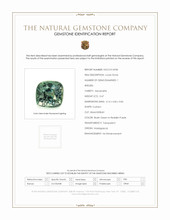
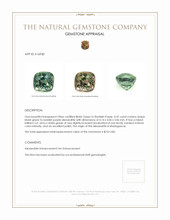
0.47 Ct. Alexandrite from Madagascar
Item ID: | K16930 |
|---|---|
Dimensions (MM): help | Length: 4.14 Width: 4.06 Height: 3.06 |
Weight: | 0.47 Ct. |
Color: help | Bluish Green to Reddish Purple |
Color intensity: help | Medium Intense |
Clarity: help | Very Slightly Included |
Shape: help | Cushion |
Cut: | Mixed Brilliant |
Cutting style: | Faceted |
Enhancements: help | No Enhancement |
Origin: help | Madagascar |
Per carat price: help | $1,600 |
One beautiful transparent certified bluish green to reddish purple alexandrite is presented by The Natural Gemstone Company, weighing 0.47 carat, in a classic cushion shape with measurements of 4.14 x 4.06 x 3.06 millimeters, cut as a mixed brilliant to balance scintillation and color, clarity graded as very slightly included when evaluated at eye level, color intensity described as medium intense, polish graded excellent, enhancement free, and originating from Madagascar. This description is written to give an educated buyer the precise information needed to assess the gem from a technical and historical perspective. The stone exhibits a clear and attractive transparency, and the dimensions and cut make it well suited for a fine mounting where color play and brilliance are priorities. The absence of any heat treatment or other enhancement is significant, and it is stated explicitly because natural, untreated alexandrites are especially desirable to collectors and connoisseurs.
From a gemological standpoint the most important characteristic of this alexandrite is its color change from bluish green to reddish purple, a property that separates alexandrite from more common green or red gems. Color change in alexandrite results from chromium and the gemstone crystal field absorbing light differently under varied sources, so under fluorescent or daylight conditions the gem reads as bluish green, while under incandescent or warm lighting it shifts toward reddish purple. Medium intense color intensity in a stone of this size indicates that the chromium concentration and the interaction with the cutter were well balanced, producing a clear and pleasing shift without becoming dark in low light. The mixed brilliant cut and the cushion silhouette are chosen for their ability to preserve weight while opening the eye to the color change and maintaining an even distribution of light. For an informed buyer the interplay between facet design, pavilion depth, and table size is crucial, and this gem was cut to maximize the visual effect known as color change while keeping excellent polish to ensure crisp facet junctions and strong light return.
Clarity and durability are two additional elements that influence both practical use and long term value. The clarity grade very slightly included evaluated at eye level indicates that inclusions if present are minor and do not interfere with the visual impact of the color change when the gem is worn or examined without magnification. Many alexandrites carry characteristic inclusions that are acceptable to collectors because they confirm natural origin, and the inclusions in this specimen do not detract from its beauty or optical performance. The excellent polish enhances brilliance and allows the color change to be seen cleanly across lighting transitions, and the lack of enhancement increases confidence in stability and market value. Alexandrite sits at about 8.5 on the Mohs scale of hardness, which makes it suitable for daily wear in most types of jewelry with reasonable care, and the combination of durability and optical rarity is a major reason why educated buyers allocate premium to high quality color change stones.
Heritage and provenance are often equal components of value for serious collectors and for those commissioning bespoke jewelry. Alexandrite was first described in the early nineteenth century from the Ural mountains, and it quickly acquired a reputation as a gem associated with fortune and transformation, gaining favor among nobility of the period. That historical association continues to inform modern appreciation, where alexandrite is prized for its dual personality and its ability to convey refinement and rarity in the same object. Madagascar has emerged as a significant source for alexandrite in recent decades, producing material that can show strong color change and pleasing clarity, and this specimen from Madagascar offers a contemporary link to the historic narrative. At The Natural Gemstone Company we emphasize provenance and transparency, and we welcome inquiries from buyers who wish to see additional lighting views, receive laboratory documentation where available, or discuss custom mounting options that will preserve and highlight the unique color changing character of this material.

